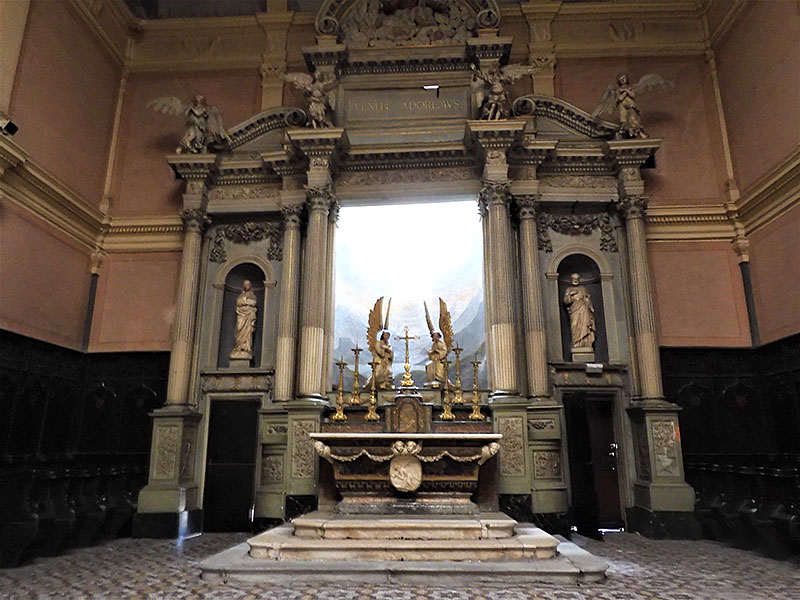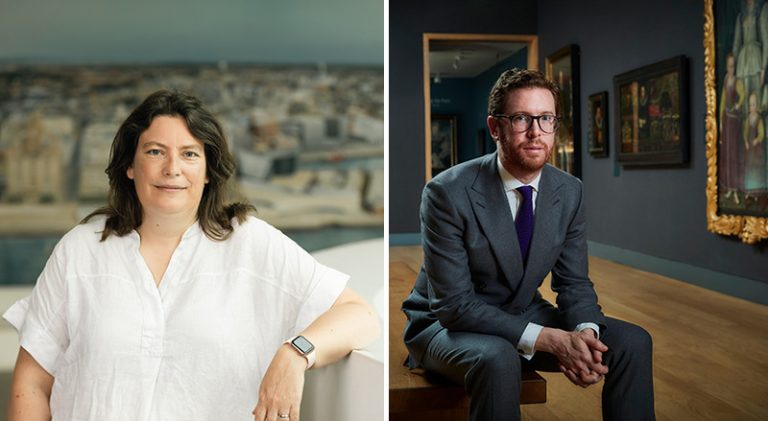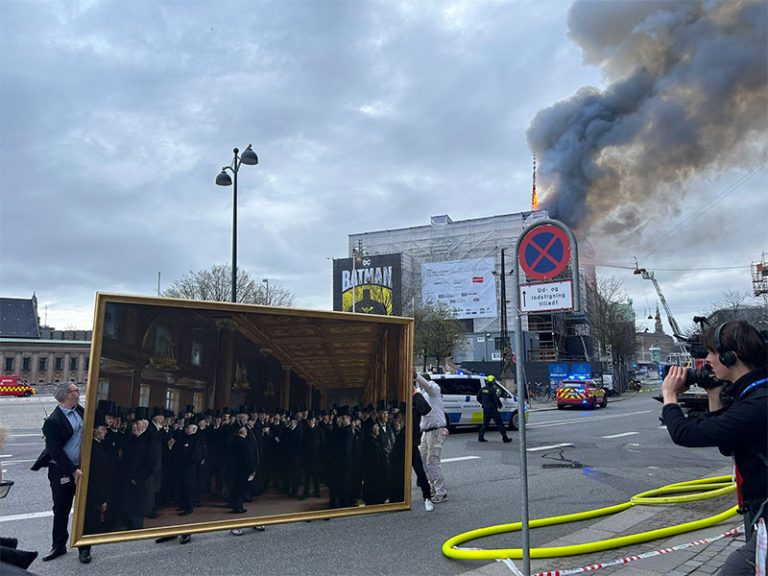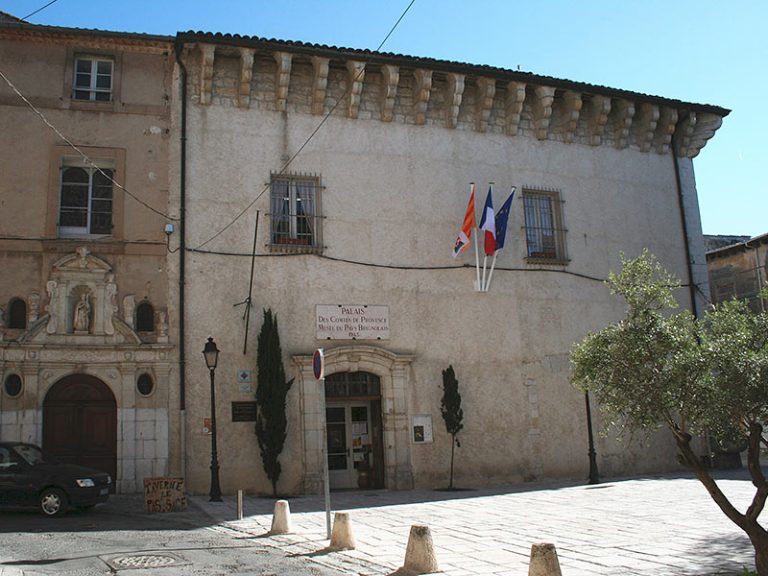In a joint forum dated November 6, 2023, Gilles-Marie Moreau, president of the Académie delphinale, and Ingrid Caillet-Rousset, president of the Federation of Heritage Associations of Isère (Fapi), alert the public authorities to the degradation of the historical heritage of Grenoble. Describing the situation as“state of heritage emergency” which is getting worse from year to year, they call on the municipality to react accordingly.
The forum follows the recent integration of the White Penitents chapel into the Gren’ project program. Launched in 2018 by the city of Grenoble, this program aims to promote certain insufficiently exploited heritage buildings by renovating them and giving them new uses. The transformation of these buildings, offered for sale or long-term lease by the town hall, is done entirely at the expense of the buyers. Among the six projects originally proposed, four were selected and only that of the Minimes convent has so far been completed, now transformed into a coworking space with a bar and a canteen. Work on the three other sites (Villa Clément, the Grande Orangerie and the South Pavilion of the Bonne barracks) should begin in 2024.
By launching a fifth call for projects relating to the rehabilitation of the White Penitents chapel, the municipality has attracted criticism from both associations. Built in 1657 and classified “Remarkable heritage site”, this 880 m² building is a unique place in Isère since it is the only penitent chapel preserved in the region with its facade and its interior design. Also called Voltaire Chapel, it was occupied by a brotherhood of penitents helping prisoners, the poor and the sick. The entire building, which includes the chapel and premises with housing and offices, has belonged since 1914 to the city of Grenoble, which then rented it to the diocesan association. The latter desecrated it in 2020, due to its too high maintenance cost.
Chapel of the White Penitents in Grenoble.
Lit by a glass roof on the ceiling, the large interior room houses furniture partly classified as Historic Monuments. This is the case of the altarpiece, the main altar and the two large wooden stalls which frame it. But despite the beauty and richness of the whole, the chapel is in poor condition. Some parts are completely dilapidated, particularly on the upper floors and under the roof. Major renovation work is therefore to be planned by the future purchaser of the chapel, which risks causing financing difficulties.
The associations are concerned about the consequences this would have on the rehabilitation of the monument. According to Gilles-Marie Moreau, “it would be a very serious mistake to make it disappear. It can be reused, but there needs to be concerted thought about its reuse. It must not be sold, it must be taken over under lease by someone who renovates it and enhances it, but in consultation with heritage associations.”
The leaders of the Académie delphinale and the Fapi also insist on the need to appoint an elected official in charge of the historical heritage of the city. Despite its label of “City of art and history”, Grenoble has no longer had an elected official in this area since 2022. The two associations are also calling for a meeting with the mayor of the city, Eric Piolle, so that a rescue plan for Grenoble’s heritage can be established jointly and in the long term.







